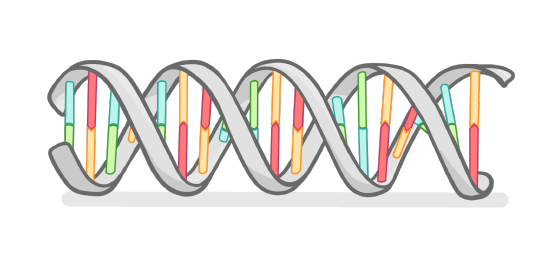Selective Breeding
This lesson covers:
- How selective breeding works
- What selective breeding is used for
- The drawbacks of selective breeding
Which of these is a characteristic that humans have selectively bred for?
Horses that can run faster
Wheat plants with smaller grains
Cows that produce less milk
|
Which of the following characteristics do humans selectively breed for in plants?
(Select all that apply)
Better taste
Worse taste
Increased yield
Decreased yield
|
What type of variation can be passed on to the next generation?
Genetic variation only
Environmental variation only
Both genetic and environmental variation
|
What effect does selective breeding usually have on variation within a population?
It increases variation
It decreases variation
It does affect variation
|

What is the term used to describe all the genes and their alleles found in a population?
Chromosome
Inbreeding
Phenotype
Gene pool
|
What is the term used to describe the breeding together of closely related individuals?
Phenotype
Gene pool
Inbreeding
Chromosome
|
What are the drawbacks of inbreeding?
(Select all that apply)
It reduces that size of the gene pool
Rare inherited diseases are more likely to appear
We can select for advantageous traits
The population as a whole will be more at risk of disease
|
Describe how the process of selective breeding could be used to increase milk production in a population of cows.
|